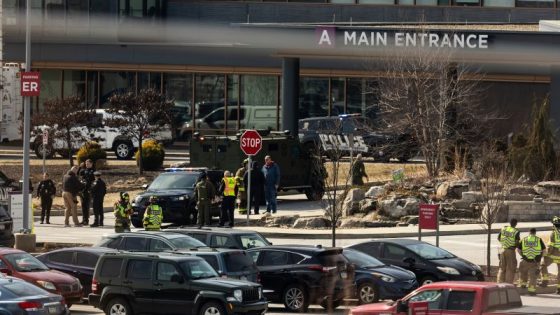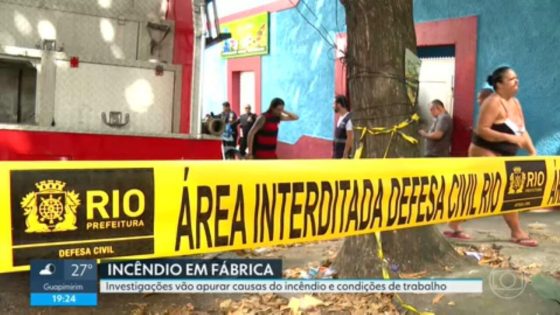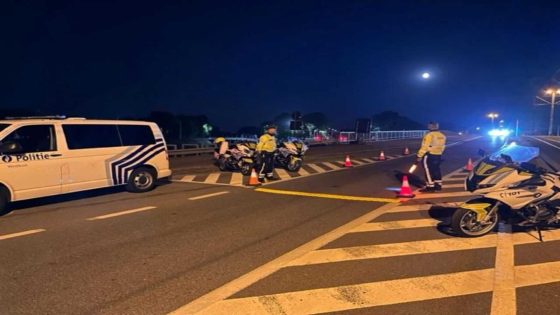A police officer was killed and five others were injured during a hostage situation at UPMC Memorial Hospital in York, Pennsylvania, on Saturday morning. The gunman, identified as 49-year-old Diogenes Archangel Ortiz, opened fire after taking medical staff hostage before being fatally shot by responding officers.
- Police officer killed in hospital shooting
- Gunman identified as Diogenes Archangel Ortiz
- Five others injured, including medical staff
- Incident targeted specifically at the ICU
- Hospital secured; no patients harmed
- Community leaders express condolences and support
The tragic event unfolded when Ortiz entered the hospital with a handgun and zip ties, heading directly to the intensive care unit (ICU). He took several staff members hostage and fired upon them. In response to the unfolding crisis, law enforcement officials prepared to breach the ICU but were forced to act when Ortiz threatened an employee at gunpoint.
During the confrontation:
- Officer Andrew Duarte was killed.
- Two other officers sustained injuries but are reported to be in stable condition.
- An ICU doctor, nurse, and custodian also suffered gunshot wounds.
The incident appears targeted specifically at the ICU; authorities noted that Ortiz had been in contact with hospital staff for a medical matter involving another individual prior to this attack.
The situation escalated quickly as officers attempted negotiation tactics. When Ortiz emerged from the ICU holding a hostage, police opened fire and fatally shot him. Fortunately, no patients were harmed during this incident. Following the shooting, Governor Josh Shapiro expressed condolences for Officer Duarte’s sacrifice and acknowledged the trauma experienced by healthcare workers involved.
This incident highlights ongoing issues surrounding violence against healthcare professionals and raises questions about safety protocols within hospitals nationwide. As investigations continue into this tragic event at UPMC Memorial Hospital, support will be provided for affected staff members as they process this traumatic experience.

































